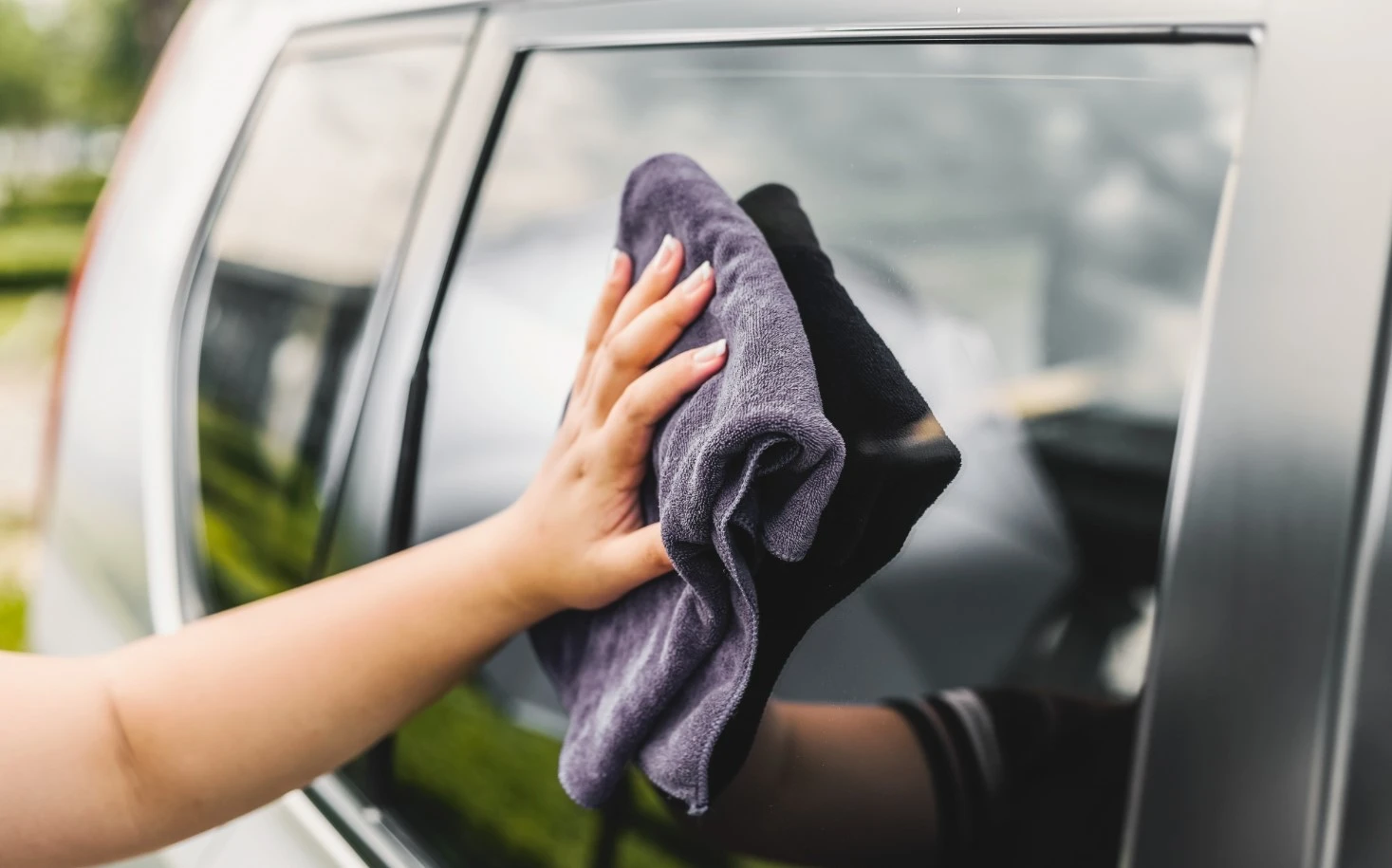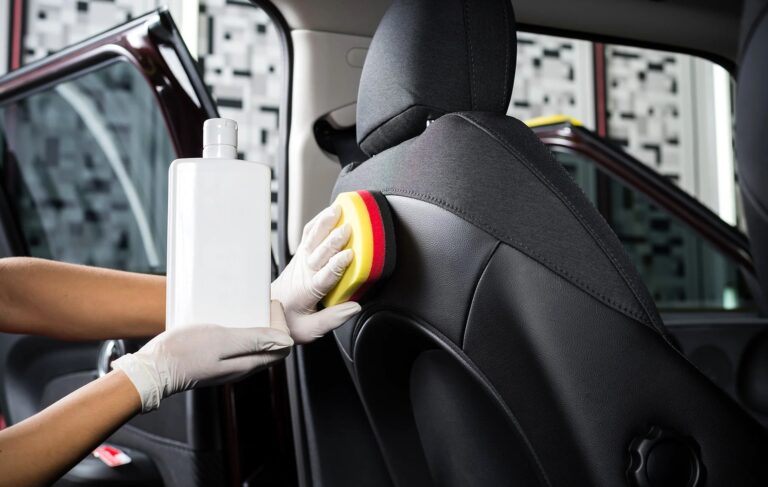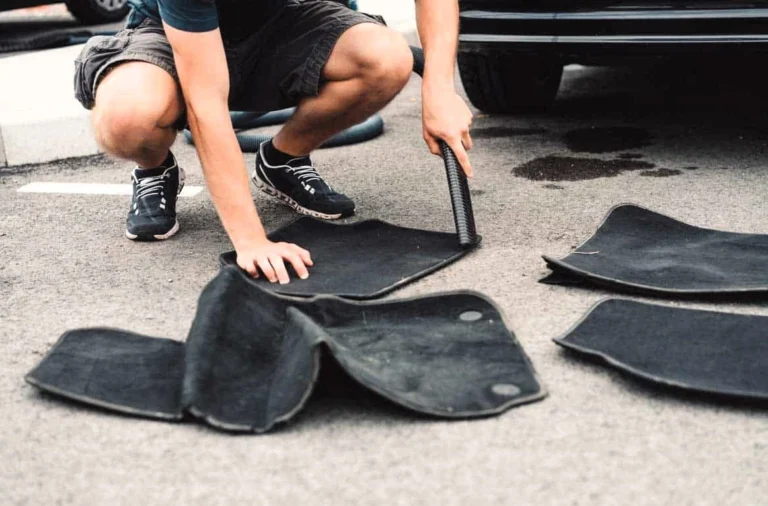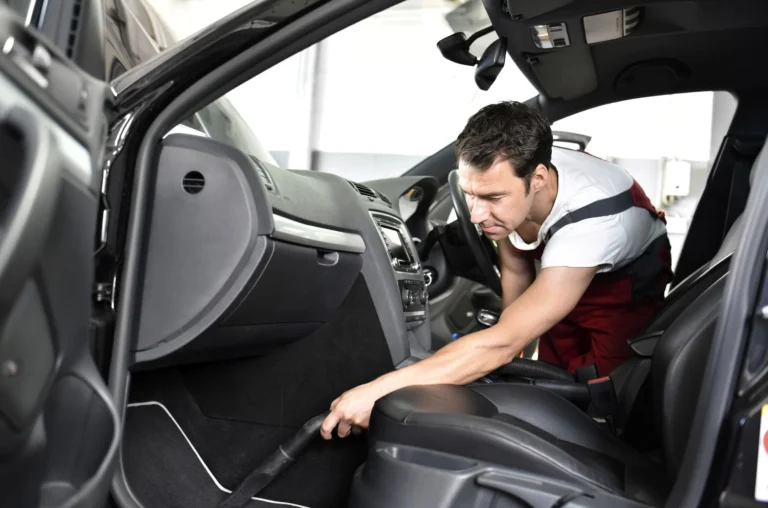How to Clean Car Windows Perfectly?
Having clean car windows matters for your safety and how you drive. Having clear glass gives you a clear view, lessens glare and improves your ride. You will learn in this guide how to clean car windows inside and out with the best car windshield cleaning tool and simple methods. If you’re planning a trip or just want your car looking great, these tips will give you crystal-clear windows with ease.
It’s a simple task to clean windows, but not doing it can result in smudges, sun glare and things you can’t see clearly.
How to Clean Car Windows: The Right Way to Start
Wash the rest of your car first and clean the windows last. This stops dust or soap from other things reaching the glass.
Before applying any cleaner, use a vacuum to remove dirt and debris near the window seals and wipers. Dry dusting with a clean cloth can also prevent streaking and reduce the need for extra cleaning.
Cleaning in a shady area is important. Direct sunlight can heat the glass, causing your cleaner to evaporate quickly, leaving behind streaks. If the windows are hot, let them cool before cleaning.
Clean Car Windows Inside and Outside
How to clean car windows inside and outside requires different techniques. Use side-to-side motions for the inside and up-and-down strokes for the outside. This way, if streaks appear, you’ll easily know which side to re-clean.
Start with the outside windows using a microfiber cloth. Wipe off loose dust and grime before using a cleaner like Invisible Glass or Rain-X. For heavy dirt, pre-clean with a water-dampened cloth and dry it off before applying any product.
For the interior windows, begin with the front windshield. Its awkward angle might be tricky, but using a tool or a squeegee wrapped with cloth can help you reach the corners.
Choosing the Best Car Windshield Cleaning Tool
Using the right tools is key to a professional result. The best car windshield cleaning tool includes microfiber cloths, foam sponges, and angled wands for tight spaces.
Also consider these essentials:
- A glass cleaner formulated for auto glass (non-ammonia based to protect tints)
- Soft microfiber towels to reduce lint and provide a streak-free finish
- Squeegee or telescoping windshield tool for deep corners
Avoid using household cleaners that contain ammonia, which can damage tint or rubber seals over time.
Dust and Debris: Why Pre-Cleaning Matters
Dust, pollen, and dried mud can make your cleaning task harder. Wiping dirty windows directly with cleaner only spreads the grime around, causing streaks and window haze.
Always use a dry microfiber cloth first to remove surface dust. If needed, wipe with a damp rag to loosen hardened particles and let it dry before applying cleaner.
Even small particles can scratch glass when rubbed under pressure. That’s why this step must never be skipped.
Best Techniques for Spot Cleaning and Stain Removal
Sometimes, regular cleaning isn’t enough. Bird droppings, tree sap, or bug residue may need special treatment.
Try these effective solutions:
- Use baking soda paste or isopropyl alcohol on stubborn spots
- Apply your solution to a rag, place it over the stain for a few minutes, then wipe clean
- For greasy smudges, dish soap (like Dawn) works great when followed by a clean rinse
These DIY tips are safe and effective for persistent window stains.
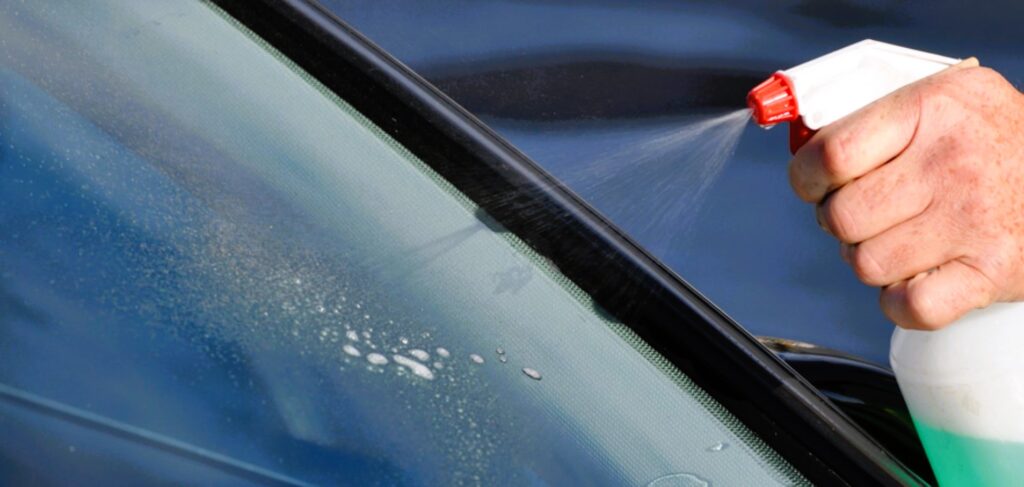
Focus on the Side Windows
Many people forget the side windows. They collect dust, fingerprints, and even pocket grease from rolled-down use. Roll them down halfway to clean the upper portion inside the rubber seal.
Spray the cleaner and wipe using side-to-side motions outside, and vertical strokes inside. This makes future streaks easy to identify.
Also, don’t forget the side mirrors. They’re glass too and should be cleaned the same way.
Read More – What is the Best Way to Cleaning Leather Car Seats?
Clean From the Inside: Dashboard to Rear Glass
Now it’s time to clean from inside the car. Start with the front windshield, the most difficult due to its slope. Use an angled tool or flexible wand to reach down to the base.
After that, wipe the interior side windows in vertical motions. Check for streaks by looking at different angles under light.
Move to the rear windshield, which might be harder depending on your car model. Use a cloth-wrapped tool or even a shower squeegee to help reach tight spots.
Wiper Blades: Clean Them Too
Even after cleaning your windshield, dirty wiper blades can undo all your work. Use the same glass cleaner and a rag to clean the rubber blade gently.
Wiping down the wipers will help avoid smudges the next time it rains. This also extends the life of the blades and keeps your windshield clear longer.
Handle Hard Water Spots
If you notice white crusty spots after cleaning, hard water may be the cause. These deposits are from minerals in water and require special attention.
Here’s a DIY mix:
- 1 cup distilled water
- 1 cup rubbing alcohol
- 1 tablespoon white vinegar
Mix in a spray bottle and apply directly to hard water spots. Wipe clean and polish with a dry microfiber cloth for a clear glass polish effect.
Quick Fixes on the Go
No time for a full clean? Keep baby wipes or glass cleaning wipes in your glove box. These are great for quick cleanups, especially for fingerprints or dust.
While not a long-term solution, these wipes come in handy between deep cleans and can make a big difference in visibility.
Final Tips for Sparkling Car Windows
- How to clean car windows regularly, especially after long drives
- Use a separate cloth for the interior and exterior to avoid cross-contamination
- Never spray cleaner directly onto hot glass
- Use opposite directions when cleaning inside vs. outside for streak detection
- Always wipe from top to bottom to avoid drips
Conclusion
Keeping your car windows clean doesn’t have to be a chore. With the best car windshield cleaning tool, the right techniques, and smart timing, you can easily get professional-level results at home. From choosing the right products to understanding how to clean car windows inside and outside, this guide covers everything. Clear windows not only improve your view—they also enhance safety and your overall driving experience.

